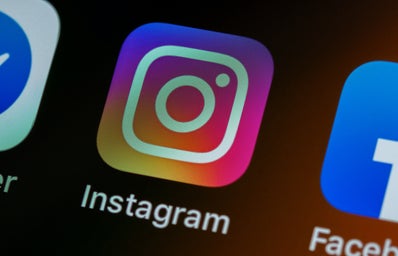When Apple introduced IOS 12, it came with a much needed “screen time” feature. The purple hourglass icon appeared in so many of our settings apps, offering metrics about our daily use, weekly use, and which applications we dedicate our valuable time to the most.
When I enabled the feature, I was more curious to know how much of my day I was really spending staring at my screen, but as it calculated my use I ended up far more panicked than interested. What I thought would read three to four hours—max— was stomped on by an appalling and unreasonably high seven hours and thirty minutes.
Seven hours. And thirty minutes.
This number shocked me. As a student, life always feels busy. Whether my days are composed of going to class, doing schoolwork, running errands, cooking, spending time with my friends, or all of the above, I rarely feel like I have any extra time for myself, nevermind for the aimless, social-media browsing that probably made up most of those seven hours. Though I usually end my days feeling accomplished for all that I did, my screen time metrics pushed me to think about the moments in between each of my daily tasks.
Yes, I went to class. But what did I do on the bus ride there? What did I do when my attention faded mid-lecture? Yes, I spent time with my friends, but how much of that time did I spend actually giving them my undivided attention? It was in those seemingly insignificant moments of distraction, that my screen time added up. But as that number soared higher, it meant that less of my time was spent engaging with my experiences; less of my time was spent cultivating my own thoughts, being present in the moment, and paying attention to life itself. In my mind, I was actively replacing the real world around me with the artificial world of social media.
With the world at our fingertips, it is almost inevitable that we will turn to our devices during the mundane moments in life. We live in a generation of instant gratification and the need to constantly be entertained. Without making the conscious decision to be present and appreciate each second of each day for its exciting parts, bland parts (but real parts), we are effectively blocking ourselves from experiencing our lives in their entirety.
It’s true that your life belongs to what you give energy to, and I believe that our lives are worth so much more than airbrushed photos and 240-word tweets. Though our Apple products make it possible for us to reach these things so easily, they have finally given us a tool that shows us that even though we can, maybe we shouldn’t.
Check your screen time. Set limits for yourself. Make 2019 a year of better habits.


